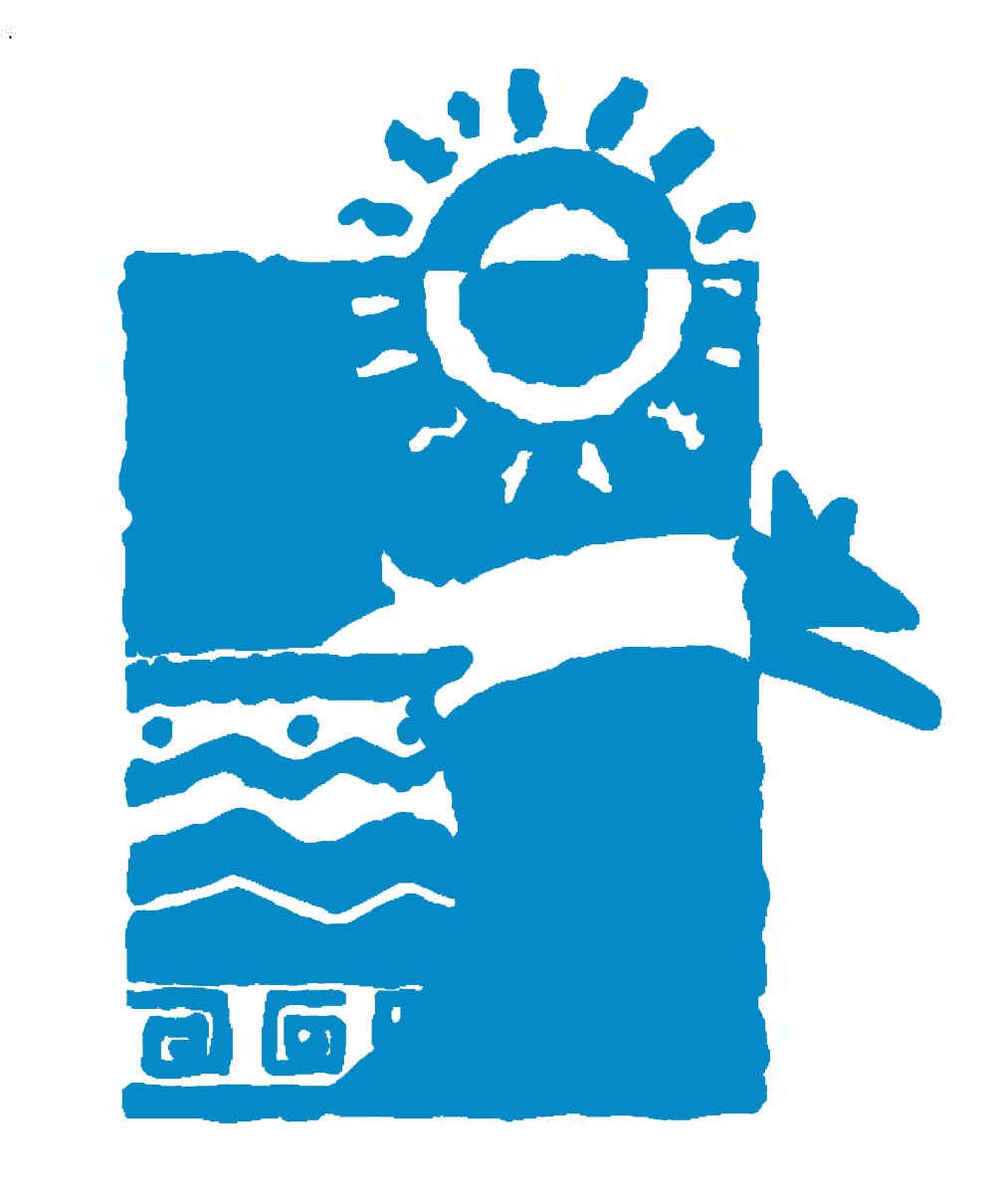[Source: The Arizona Republic]
A business would go belly up if someone diverted a big chunk of its revenue.
So the Senate’s proposed raid on Arizona State Parks is just baffling.
These are the places that showcase the magic of Arizona, from Slide Rock to Kartchner Caverns to Picacho Peak. And they’ve been slammed by budget cutbacks.
In fact, the general fund doesn’t put a single penny into the state park system any more.
So the parks increasingly rely on the income they can generate through fees and retail sales. Next fiscal year, which begins July 1, they expect to raise $10 million.
But the Senate passed a budget that would swipe $2 million of park income. Those dollars come directly from visitors, who assume that their fees are supporting the continued survival of the places they enjoy.
The 20 percent hit would severely undercut the partnerships that helped reopen parks that had to be shuttered last year. Local governments and groups are lending a hand at historic sites like Fort Verde, Tombstone Courthouse and Yuma Prison. They’re keeping the gates open at recreational playgrounds, such as Tonto Natural Bridge, Lost Dutchman and Alamo Lake. These are important attractions in areas that depend heavily on tourism.
It gets worse. The Senate-adopted budget would also siphon off $1.5 million that the parks get from the lake-improvement fund, which comes from watercraft fees and fuel taxes.
Legislators often say that government should operate more like a business. Well, the parks are following a business model.
But the Senate’s model is closer to piracy.
The state-park system has had $72 million in cuts over the past three years. Its entire operating budget, covering everything from law enforcement to toilet paper, is now $19 million.
Gov. Jan Brewer’s budget recognizes that the parks’ survival is on the line. It has no further cuts or diversions.
Unfortunately, the potential damage doesn’t end at the budget.
The Senate would require the State Parks Board, which oversees the system, to issue a request for proposals for the private operation of some or all state parks. It would have to contract out the management of at least two state parks (a profitable one bundled with an unprofitable one) by Feb. 1, 2012.
Expanding private enterprise within the parks is a smart idea. This is just a poorly conceived way to do it.
The Senate bill has no provisions for private operators interested in one or two concessions in a park. It sets out no criteria for responsible operations, no protections for these valuable publicly owned assets and no financial standards. The deadline could force the state to accept a very bad deal.
Last year, the Arizona State Parks Foundation commissioned a study that gave a detailed analysis of the opportunities and limitations of privatization, which could involve either businesses or non-profit groups. The ideas ranged from cafes to lattice-framed yurts.
The study also proposed creating a quasi-governmental agency to oversee the parks.
These are valuable places, even for Arizonans who never set foot in them. In 2007, a study estimated, the economic impact of state parks was $266 million.
A financially stable state-park system, with the resources to expand the recreational opportunities for visitors (imagine a zip line at Slide Rock), would strengthen Arizona’s allure as a tourist destination.
The Legislature should not undermine it with budget cuts and hasty privatization mandates.


